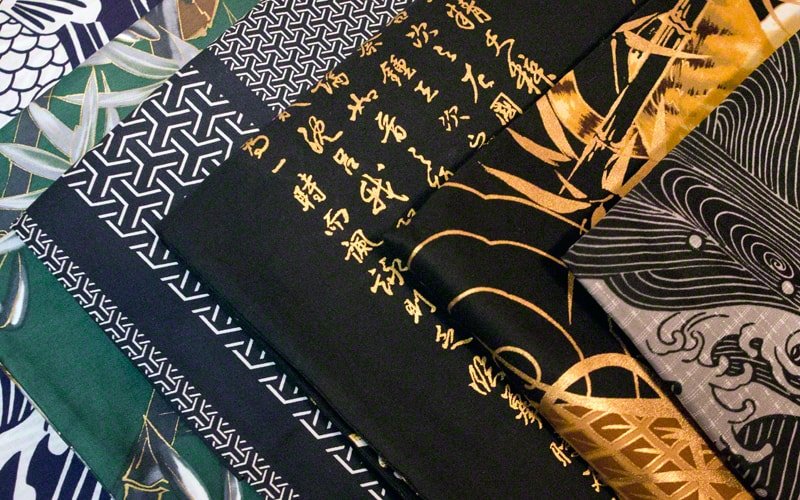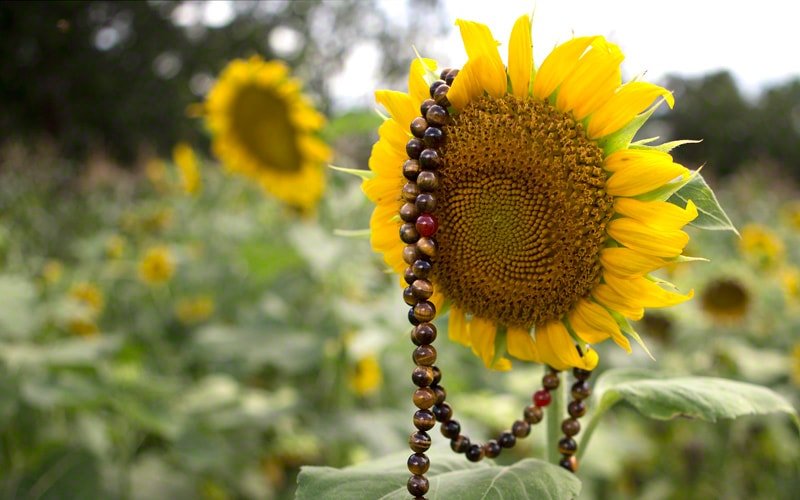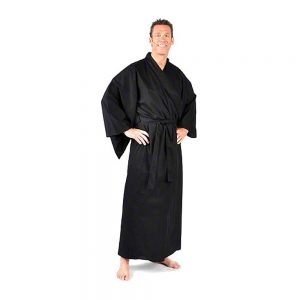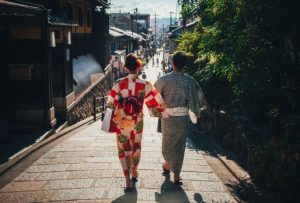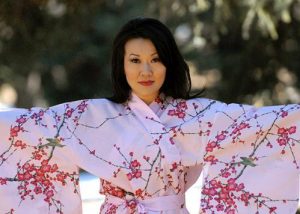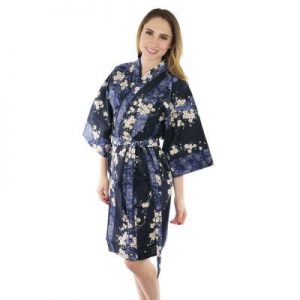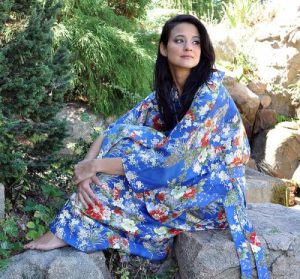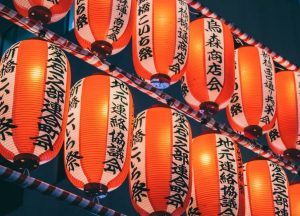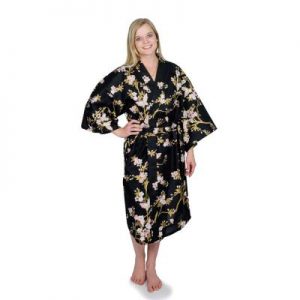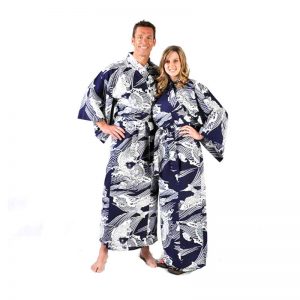Kimonos and yukatas are traditional Japanese garments that have been worn for centuries. They are comfortable, versatile, and elegant, making them a timeless fashion choice. At our online store, we pride ourselves on offering a wide selection of kimonos and yukatas that cater to every style and preference. Every month, our customers speak through their purchases and judge which garments are the most popular. In this blog post, we’ll be sharing the top five kimonos and yukatas that were the best sellers in September. Whether you’re new to the world of kimonos and yukatas or an avid collector, this list will help you choose the perfect garment for you.
1. Yukata – Pink Cherry Blossom:
The Pink Cherry Blossom Yukata was the top seller for September. It’s easy to see why. The delicate pink color and the intricate cherry blossom pattern make it a stunning choice for any occasion. The yukata is made of lightweight cotton, making it breathable and comfortable to wear even on hot days. This garment is perfect for those who want to experience the Japanese culture without compromising on style.
2. Yukata – Red Crane & Tree:
The Red Crane & Tree Yukata is another popular choice for September. This striking garment features a beautiful red color and an elegant crane and tree pattern. The yukata is made of high-quality cotton, making it soft and comfortable to wear. This garment is perfect for those who want to make a statement and stand out from the crowd.
3. Tree of Life Yukata:
The Tree of Life yukata is a unique and beautiful garment that was also a top seller for September. The yukata features a stunning tree of life pattern, which represents growth, strength, and balance. The garment is made of soft and breathable cotton, making it comfortable to wear even for extended periods. This yukata is perfect for those who want to embrace Japanese culture while also making a statement.
4. Yukata – Plum Blossom and Finch:
The Plum Blossom and Finch yukata is a delicate, feminine style garment that was also popular in September. The yukata features a beautiful plum blossom pattern and an elegant finch design. The garment is made of high-quality cotton, making it soft and comfortable to wear. This yukata is perfect for those who want to add a touch of elegance and grace to their wardrobe.
5. Black Kimono Samurai Robe:
The Black Kimono Samurai Robe is a unique and edgy garment that was popular in September. The kimono features a striking black color and an intricate samurai design. The garment is made of high-quality cotton broadcloth, making it perfect for those who want to make a bold statement. Broadcloth is used in expensive, high-end men’s dress shirts. This kimono is perfect for those who want to embrace the Japanese culture while also adding a modern twist to their wardrobe.
Kimonos and yukatas are a timeless fashion choice that will never go out of style. At our store, we offer a wide selection of kimonos and yukatas that cater to every style and preference. The top five sellers for September were the Pink Cherry Blossom yukata, the Red Crane & Tree yukata, the Tree of Life yukata, the Plum Blossom and Finch yukata, and the Black Kimono Samurai Robe. Whether you’re new to the world of kimonos and yukatas or an avid collector, these garments are sure to make a statement and stand the test of time. We hope that this list has helped you choose the perfect garment for you, and we look forward to serving you at our online store soon.

